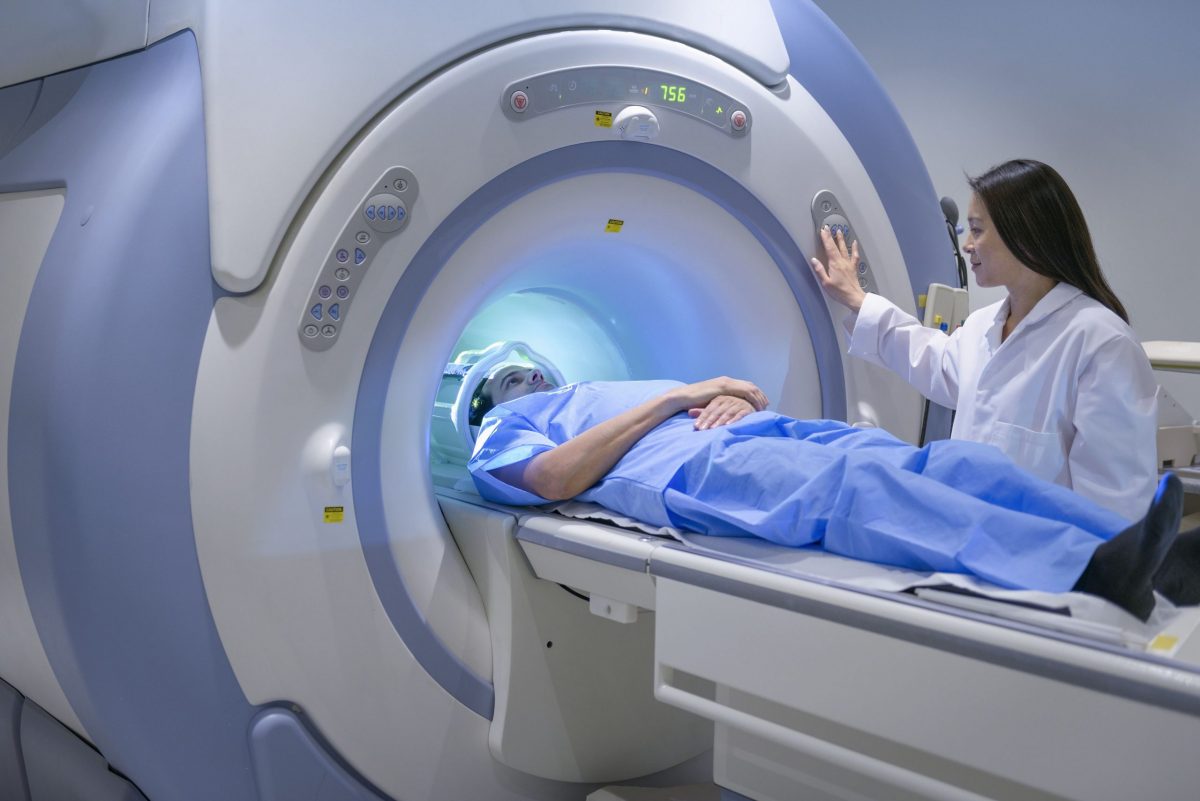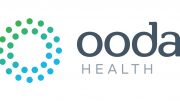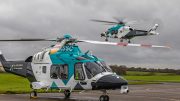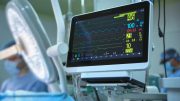Medical imaging is in crisis. Human capacity is not keeping pace with advances in technology. We are seeing a steady increase in demand for cross-sectional imaging (CT and MRI), at the same time as a shortage of trained, experienced radiologists to report on these images with the results that health systems simply cannot recruit and train radiologists quickly enough to keep up with demand.
This is exacerbated by other pressures on healthcare systems including budgetary constraints, the increase in ageing populations and the number if people living with chronic long-term conditions. Further challenges come from new technology disrupting the provision of care, an imperative to improve patient outcomes, and a need to do more with less. However, there is also a real opportunity to use technology to provide a solution to the imaging capacity gap.
So, how bad is the crisis in medical imaging?
Across Europe, there is a huge shortage of trained radiologists, with the UK experiencing the worst capacity constraints, having the lowest number of practicing radiologists per capita. There are currently 4.7 radiologists per 100,000 people in the UK. This would need to rise to 8 FTE radiologists per 100,000 to fill the gap [1].
The Royal College of Radiologists (RCR) released a recent report which found that just 2% of radiology departments were able to fulfil their imaging reporting requirements within contracted hours in 2018. [2] Most radiology clinical directors say they do not have enough radiologists to deliver effective patient care. At any one time across the U.K., 250,000 patients will be waiting for more than 30 days on average for results on their imaging study, according to Dr. Nicola Strickland, President of the RCR. Demand for complex imaging scans such as CT and MRI has increased by 10% p.a. for the past five years, leading to Trusts outsourcing reporting in order to address backlogs. This estimated expenditure on outsourcing and insourcing has trebled to £165m since 2014.
As more complex images become available, reporting will become even more challenging, placing more demands on the radiology workforce, which will require higher levels of expertise. Training and recruiting large number of new radiologists alone cannot address this challenge.
Only by harnessing new technology can we adapt to the complexity of the situation and evolve our working practices and expand our resources to meet growing needs. While it is often easy to get embroiled in the detail of technology and the many avenues it can open up, what is needed is a clear focus on the end goal, delivering better health outcomes for patients. For the patient this means being treated as an individual with a speedy diagnosis and rapid access to targeted, effective treatments. This should mean no more waiting times, no more back logs, no disconnects in their treatment and an integrated approach between diagnosis and treatment.
The potential of AI
There has been much hype about the potential for AI in medical imaging, but the key question now is how it can be applied in practice to deliver better health outcomes. The answer is to use it to accelerate the diagnostic process and provide targeted effective treatments. Machine learning can process information faster than humans and enhance human-led clinical decision making by providing accurate contextualised information quickly to the right experts. Clinicians’ jobs can be improved by enabling them to focus their expertise on the most complex of cases. The diagnostic process can then be accelerated ensuring patients have access to the right treatments quickly.
What practical improvements can AI bring to medical imaging?
AI can also help in dealing with the problem that humans are limited by their experience. Radiologists rely on the images they have seen before and the experiences they have had in their clinical field. Applying machine learning on large image databanks can compare individual cases to large global databanks to provide insights on diagnosis, disease trajectory and treatment options. It can provide additional information by combining multiple data sources, such as longitudinal and genomic data, as well as individual electronic health records. The radiologist can gain access to similar cases on an international level and learnings from other specialists in the field. This increases the radiologist’s bank of expertise.
The patient benefits from a highly informed and rapid diagnostic process and insights gained from others’ treatment pathways, accelerating access to targeted effective, more personalised treatments. The radiologist’s own experience can be improved as they can apply their time to more complex cases.
Machine learning can automate parts of the image reading and reporting process and improve analysis and reporting times. AI is also a tool which can enhance the clinical workflow, can automate simple repetitive tasks, distinguish between healthy and abnormal cases, triage and prioritise cases which require urgent referral. The combination of machine and human input and interpretation provides a way to increase the capacity and skills of the radiologist practice of the future. It empowers humans to keep pace with the rise the complexity and number of images and to harness these to deliver better patient outcomes.
The broader health system can benefit from efficiencies by making better use of hospital equipment and clinician time and improved quality of reporting by reducing the number of errors. In addition, AI based applications can play a role in training radiologists and provide a richer data source and deeper expertise.
The use of AI in medical imaging can then support a shift to informed, predictive healthcare, away from reactive healthcare
What does the future look like?
AI in medical imaging is in early development phase and there are still hurdles to be overcome related to reliability, user confidence, and adoption. However, advances are being made by many players across industry and the healthcare system.
Established players in the field of medical imaging, such as the large PACs (picture archiving and communications systems vendors) are taking a platform approach, incorporating AI solutions into their offerings on an application-model basis. They are embracing proprietary in-house AI solutions as well as third party solutions. Innovators are focusing on disease-specific fields, as no one innovator could possibly provide a solution across all clinical areas. Healthcare systems are trialling AI in medical imaging and providing compelling evidence of its effectiveness.
All these developments are encouraging but to make this new approach in medical imaging a reality will require collaboration from many stakeholder groups, including Government, industry, innovators, healthcare delivery systems, payers and regulators.
Humans, whether as patients or clinicians, will also be required to take a leap of faith, to embrace AI as an enhancement to current practices, to adopt it into clinical pathways and to accept its potential as an essential ingredient for delivering better health outcomes for all.
References
1 EUROPE’S LOOMING RADIOLOGY CAPACITY CHALLENGE A COMPARATIVE STUDY C. SILVESTRIN
2 RCR Clinical Radiology Workforce Consensus Report 2018.
By Valerie Phillips, healthcare consultant at PA Consulting





